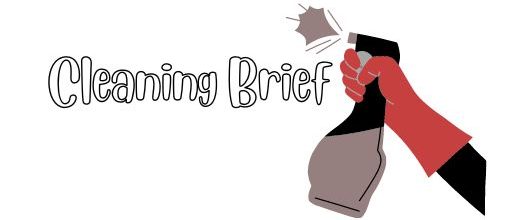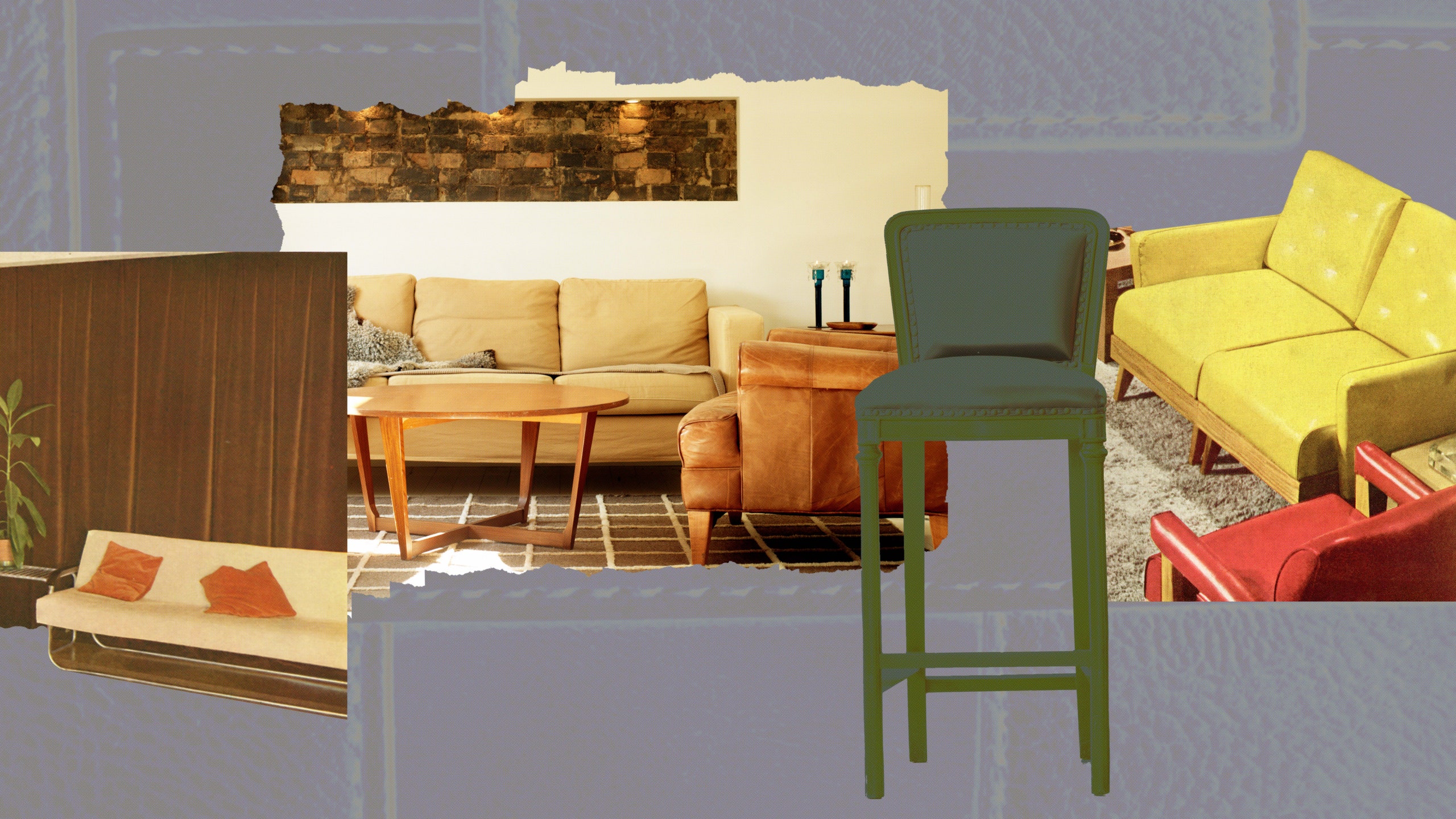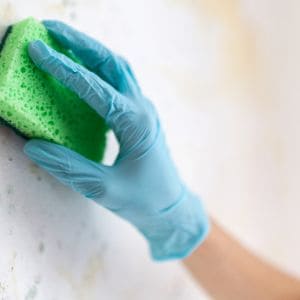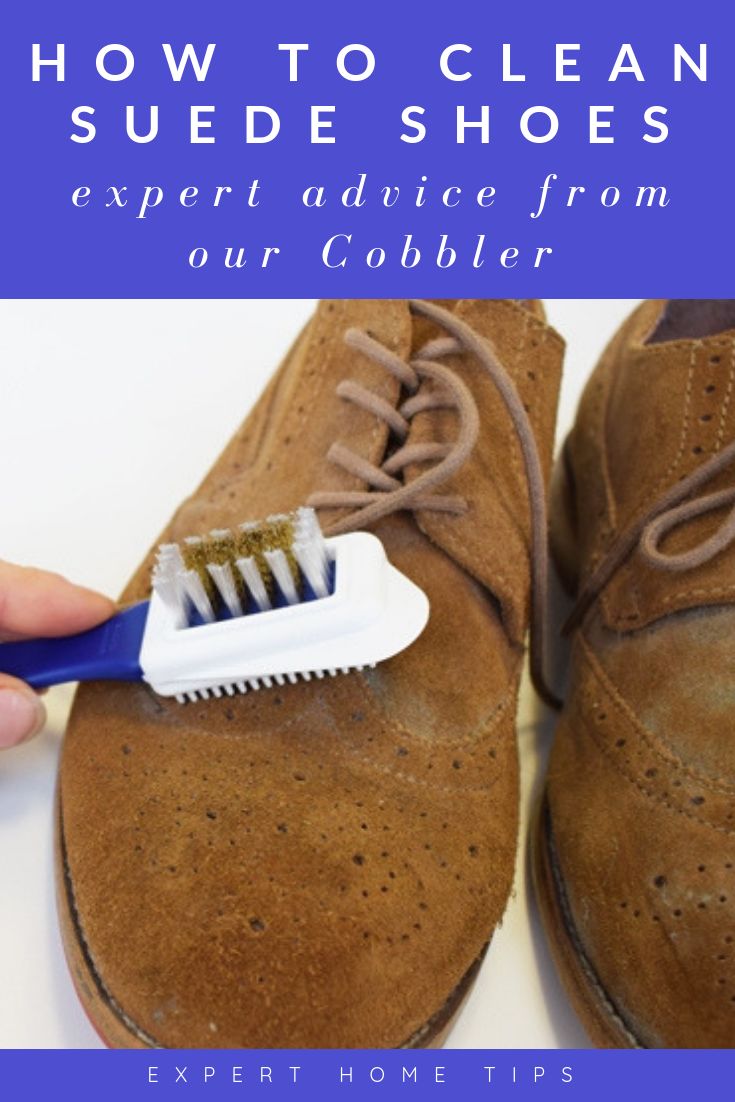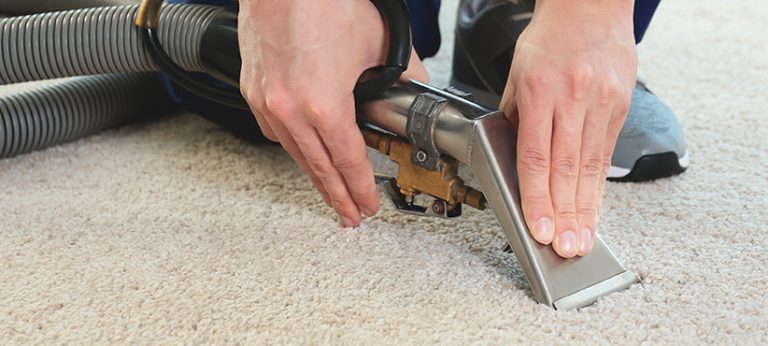How to Safely Remove Mold from Leather Furniture: Expert Cleaning Tips
To clean mold off leather furniture, mix equal parts vinegar and water, then gently wipe the affected area with a cloth soaked in the solution. Leather furniture can develop mold due to moisture and humidity, but with regular cleaning and proper maintenance, you can keep it mold-free and extend its lifespan.
In this guide, we will discuss effective methods to safely remove mold from leather furniture, along with tips for preventing future mold growth. By following these steps, you can restore the health and beauty of your leather furniture without causing any damage.
Whether you have a moldy leather couch, chair, or ottoman, these cleaning techniques will help you eliminate mold and ensure a clean and fresh living environment.

Credit: www.facebook.com
Identifying Mold On Leather Furniture
If you notice mold on your leather furniture, it’s crucial to act promptly. Start by vacuuming the affected area, then wipe it down with a damp cloth. For deeper cleaning, use a mild soap solution. Ensure the leather is completely dry to prevent any further mold growth.
Regular maintenance can help prevent future mold issues.
Checking For Visual Signs
` When it comes to identifying mold on leather furniture, visual inspection is the first step. Mold can appear as fuzzy, discolored patches on the surface of the leather. Look closely for any green, black, or white spots that may indicate mold growth. – Inspect the leather furniture thoroughly, paying close attention to the corners, crevices, and areas that are more likely to retain moisture. – Watch out for any changes in the texture or appearance of the leather, such as peeling or cracking, as it could be a sign of mold contamination. – Use a flashlight to examine the furniture in areas where natural light may not reach, as mold can thrive in dark and humid environments. `Recognizing Musty Odors
` Aside from visual signs, another way to identify mold on leather furniture is by its distinct musty odor. If your leather furniture emits an unpleasant smell that resembles dampness or a musty basement, it could be an indication of mold growth. – Pay close attention to any noticeable changes in odor when sitting or being close to the leather furniture. – Sniff the furniture from different angles and areas to determine if the odor persists. – Remember, even if you don’t see any visible signs of mold, the presence of a strong musty smell should not be overlooked. Remember, identifying mold on leather furniture is crucial in order to take appropriate cleaning measures and prevent further damage. Regular inspections and prompt action can help keep your leather furniture clean and mold-free.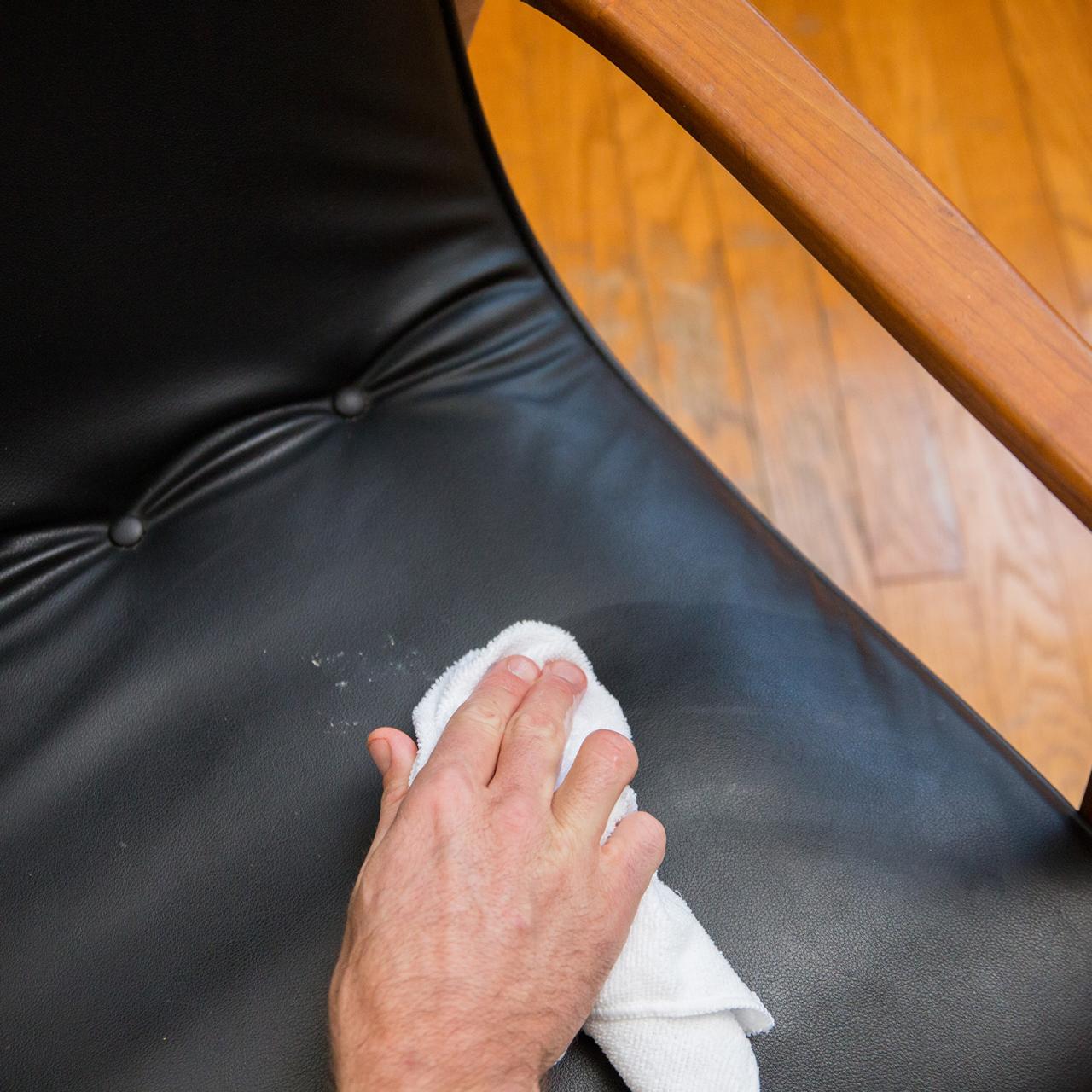
Credit: www.hgtv.com
Preparing The Cleaning Area
Before you begin cleaning mold off your leather furniture, it is important to properly prepare the cleaning area. This will not only help protect the surrounding areas from potential damage but also ensure a smooth and effective cleaning process. By following these simple steps, you can create a safe and efficient space to tackle the mold problem head-on.
Gathering Necessary Supplies
In order to clean mold off your leather furniture, you will need to gather the necessary supplies. Having everything ready beforehand will save you valuable time and ensure you have everything you need to get the job done. Here are the essential supplies you will need:
- A soft cloth or sponge
- Mild soap or leather cleaner
- White vinegar
- Water
- A clean, dry towel
- Protective gloves
Protecting Surrounding Areas
When cleaning mold off your leather furniture, it is crucial to protect the surrounding areas. Mold spores can spread easily, so taking precautions will help prevent further contamination. Here are some steps you can take to protect the surrounding areas:
- Clear the area around your furniture of any valuables or items that could be damaged during the cleaning process.
- Place a drop cloth or plastic sheet underneath and around the furniture to catch any excess cleaning solution.
- Open windows or use fans to improve ventilation and minimize the spread of mold spores.
- Wear protective gloves to prevent direct contact with the mold and any potential irritants.
By following these simple steps, you can ensure that you are well-prepared and equipped to clean mold off your leather furniture. Taking the time to gather the necessary supplies and protect the surrounding areas will make the cleaning process more efficient and help prevent any further damage or contamination. Stay tuned for our next sections where we will guide you through the steps to actually clean the mold off your leather furniture.
Using Safe Cleaning Methods
When cleaning mold off leather furniture, using safe cleaning methods is crucial to prevent damage to the material. Harsh chemicals or abrasive techniques can harm the leather, causing it to dry out and crack. It’s important to utilize gentle methods to effectively remove mold without compromising the quality of the furniture.
Testing Cleaning Solutions
Before applying any cleaning solution to the leather furniture, it’s essential to test it on a small, inconspicuous area. This helps ensure that the solution does not cause discoloration or damage to the leather. Use a soft cloth to apply a small amount of the cleaning solution to a hidden spot and observe any adverse reactions for at least 24 hours.
Applying Gentle Cleaning Techniques
When cleaning mold off leather furniture, opt for gentle cleaning techniques to avoid causing harm to the material. Start by vacuuming the furniture to remove any loose mold and dirt. Then, use a mixture of mild soap and water to gently clean the affected areas. Ensure not to soak the leather, rather, lightly dab the solution onto the mold. Use a soft-bristled brush to gently scrub the affected area in a circular motion.

Credit: www.hgtv.com
Drying And Conditioning The Leather
To clean mold off leather furniture, it is important to properly dry and condition the leather to prevent further damage. By using a gentle cleaning solution and a soft cloth, you can remove mold and restore the leather’s appearance.
Ensuring Proper Drying
Once you have successfully removed the mold from your leather furniture, the next crucial step is to ensure proper drying to prevent any further damage. Adequate drying is necessary to prevent the growth of more mold and mildew.
Firstly, it is important to move the furniture to a well-ventilated area, away from direct sunlight, as exposure to heat can cause the leather to crack or fade. This will help in maintaining the quality of your leather furniture and prevent any discoloration issues.
Next, you can use a dry, absorbent cloth or towel to gently pat the affected area, absorbing any excess moisture that may be present. This will help to facilitate the drying process and minimize the risk of further mold growth.
In addition, you can also utilize a fan or dehumidifier to increase air circulation and speed up the drying process. However, ensure that the fan or dehumidifier is set at a moderate speed to prevent any damage to the leather.
Conditioning To Maintain Quality
To maintain the quality and longevity of your leather furniture, it is essential to condition it after cleaning and drying.
Applying a high-quality leather conditioner will help to prevent the leather from drying out, cracking, and losing its natural luster. It will also restore the moisture content of the leather, making it supple and soft.
Before applying the conditioner, ensure that the surface of the leather is clean and free from any leftover mold residue. This can be easily achieved by wiping the leather with a mild soap and water solution and then drying it thoroughly.
To apply the conditioner, pour a small amount onto a clean, soft cloth and rub it into the leather using gentle, circular motions. Do not use excessive amounts of conditioner as it may lead to a greasy or oily appearance. Instead, apply a thin, even layer and allow it to be absorbed by the leather for the recommended time specified on the product packaging.
Finally, once the conditioner has been absorbed, wipe off any excess with a clean cloth. This will help to prevent any residue build-up and ensure that the leather furniture maintains its natural beauty for years to come.
Preventing Future Mold Growth
To prevent future mold growth on your leather furniture, it’s important to clean it properly. Follow these steps: 1. Mix a mild soap with water. 2. Gently scrub the affected area. 3. Dry the leather thoroughly. 4. Apply a leather conditioner.
5. Keep your furniture away from moisture and humidity. 6. Regularly inspect and clean your furniture to minimize mold growth.
Regular Maintenance Practices
Regular maintenance is key to preventing mold growth on your leather furniture. By following simple cleaning practices, you can reduce the likelihood of mold taking hold. Here are some helpful tips:
- Wipe down your leather furniture: Use a soft, dry cloth to regularly wipe down your leather furniture. This will help remove any dust or dirt particles that can contribute to mold growth.
- Avoid excessive moisture: Keep your leather furniture away from direct sources of moisture, such as humidifiers or leaky windows. Excess moisture can create the perfect breeding ground for mold.
- Air out your furniture: Whenever possible, open windows or use fans to circulate air around your furniture. This will help to keep the environment less conducive to mold growth.
Proper Storage And Environment
Properly storing and creating an appropriate environment for your leather furniture is another important step in preventing mold growth. Consider the following:
- Avoid storing in damp areas: When storing your leather furniture, choose a dry, well-ventilated area. Damp basements or attics are not suitable environments and can promote mold growth.
- Keep furniture away from heat sources: Direct exposure to heat sources like radiators or heating vents can cause leather to dry out and become susceptible to mold. Keep your furniture in a cool, dry place.
- Use a dehumidifier: If you live in a particularly humid climate, using a dehumidifier in the room with your leather furniture can help control moisture levels and reduce the chances of mold growth.
Summary
Preventing future mold growth on your leather furniture requires regular maintenance practices and proper storage and environment considerations. Wiping down your furniture, avoiding excessive moisture, and airing out the furniture are important maintenance steps. Choosing a dry storage area, keeping furniture away from heat sources, and using a dehumidifier in humid climates are key aspects of creating a mold-resistant environment. By following these simple guidelines, you can keep your leather furniture looking its best and mold-free for years to come.
Frequently Asked Questions Of How To Clean Mold Off Leather Furniture
How Do You Remove Mold From Leather Furniture?
To remove mold from leather furniture, start by vacuuming the affected area to remove any loose spores. Next, create a mixture of equal parts water and rubbing alcohol, and use a clean cloth to gently wipe down the affected area.
Allow the leather to air dry completely. Finally, apply a leather conditioner to restore moisture and prevent future mold growth.
Can Vinegar Remove Mold From Leather Furniture?
Yes, vinegar can effectively remove mold from leather furniture. Dilute white vinegar with water in a 1:1 ratio and apply the solution to the affected area using a clean cloth. Gently scrub the moldy spot and let it sit for a few minutes before wiping the area clean with a damp cloth.
Vinegar’s mild acid properties help kill and remove mold spores.
How Can I Prevent Mold From Growing On Leather Furniture?
To prevent mold from growing on leather furniture, follow these tips: 1. Keep the furniture in a well-ventilated area. 2. Avoid placing the furniture in a damp or humid location. 3. Use a dehumidifier to control humidity levels. 4. Clean the furniture regularly using a mild leather cleaner.
5. Apply a leather conditioner to maintain the furniture’s moisture balance.
How Often Should I Clean My Leather Furniture?
It is recommended to clean your leather furniture at least once every three months. Regular cleaning helps remove dirt, oils, and other contaminants that can damage the leather over time. Use a leather cleaner that is specifically designed for your type of leather and follow the manufacturer’s instructions for best results.
Conclusion
In closing, maintaining a mold-free leather furniture is crucial for its longevity and your health. Regular cleaning and proper storage are the keys to preventing mold growth. Follow the steps outlined in this post to effectively remove any existing mold and prevent it from coming back.
With consistent care, your leather furniture will stay clean and mold-free for years to come.
